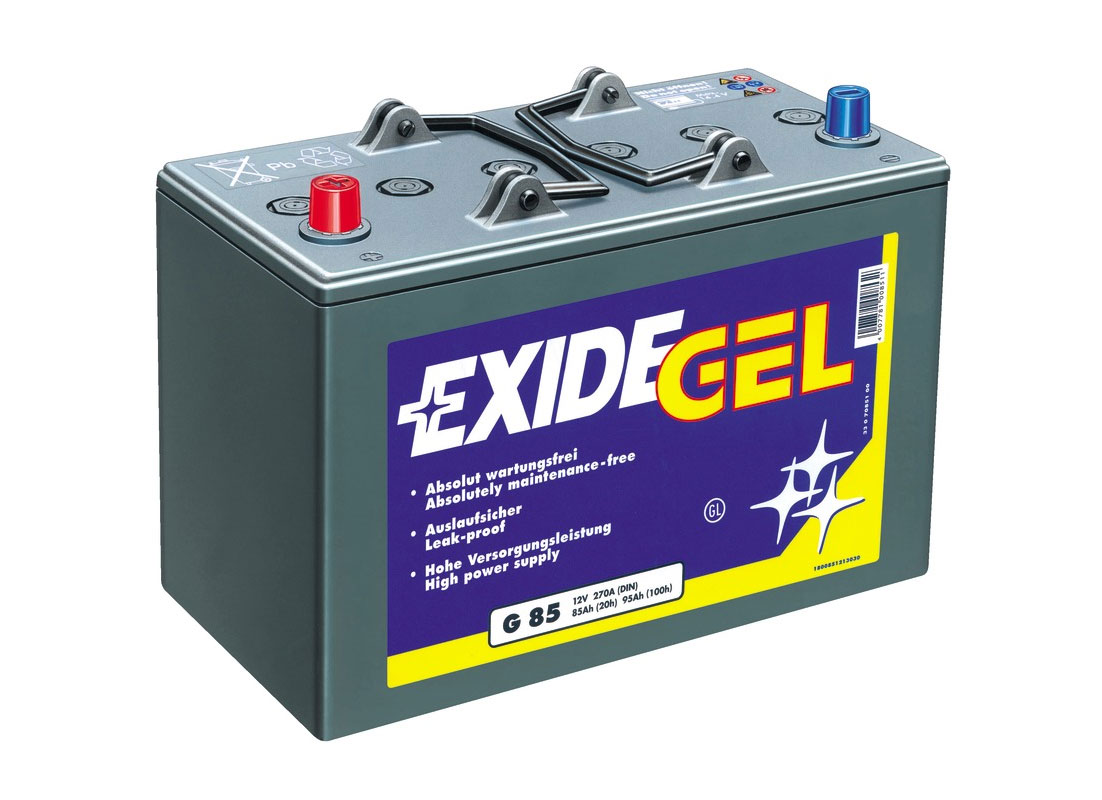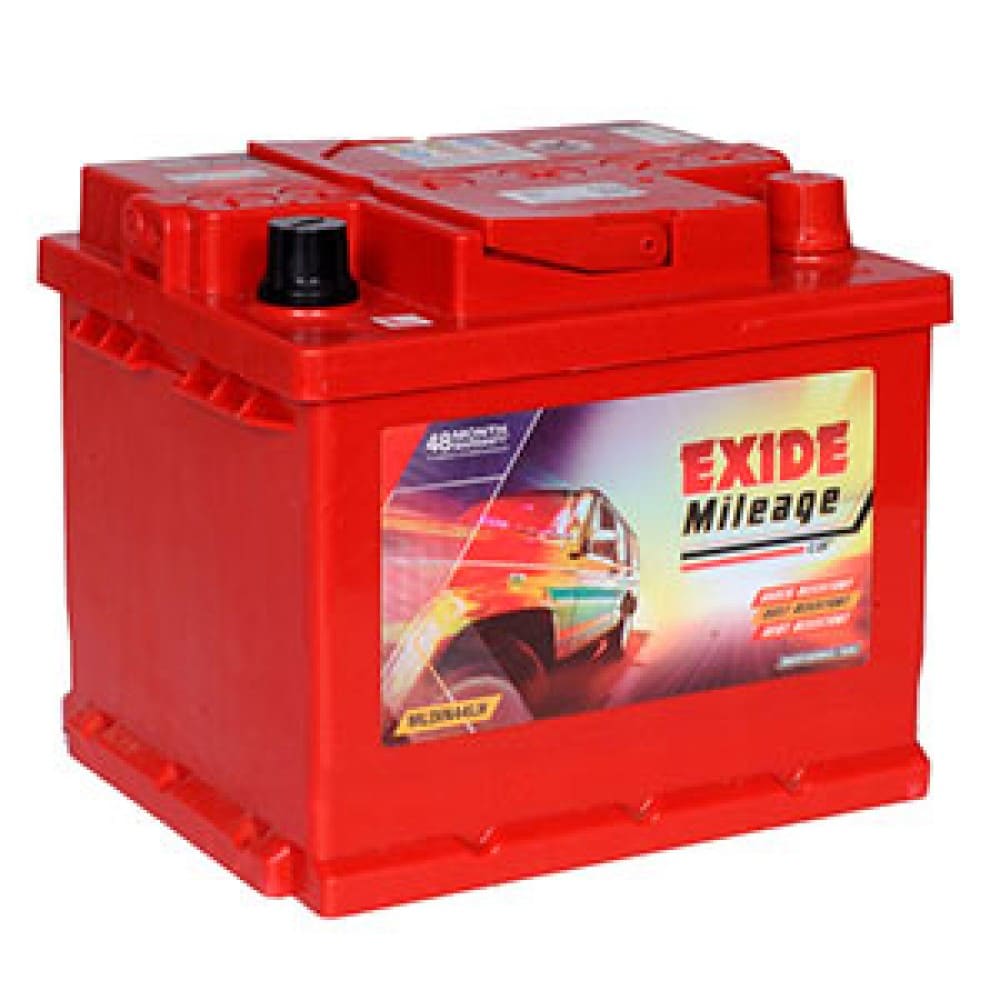

- #Exide batteries pdf
- #Exide batteries drivers
Lead-Acid Battery Production, Revenue (Value), Price Trend by Type. Lead-Acid Battery Supply (Production), Consumption, Export, Import by Region (2021-2027). 
Lead-Acid Battery Capacity, Production, Revenue (Value) by Region (2021-2027).Impact Analysis of COVID-19 on Lead-Acid Battery Market.Lead-Acid Battery Market Competition by Manufacturers.
#Exide batteries drivers
Lead-Acid Battery Overview, Definition and Classification Market drivers and barriers. Key Points Covered in Lead-Acid Battery Market Report:. Lead-Acid Battery Market Production by Region Lead-Acid Battery Market Profile of Manufacturers-players are studied on the basis of SWOT, their products, production, value, financials, and other vital factors. Lead-Acid Battery Market Executive Summary: It gives a summary of overall studies, growth rate, available market, competitive landscape, market drivers, trends, and issues, and macroscopic indicators. Additionally, segmentation on the basis of the type of product, application, and technology. It includes major manufacturers, emerging player's growth story, and major business segments of Lead-Acid Battery market, years considered, and research objectives. -To provide a meticulous assessment of crucial business strategies used by leading companies operating in the Lead-Acid Battery market, which include research and development, collaborations, agreements, partnerships, acquisitions, mergers, new developments, and product launches.īuy Complete Assessment of Lead-Acid Battery market Now. -To offer precise and useful details about factors affecting the growth of the Lead-Acid Battery. -To analyze and study micro-markets in terms of their contributions to the Lead-Acid Battery market, their prospects, and individual growth trends. -To showcase the development of the Lead-Acid Battery market in different parts of the world. -To estimate the market shares of major segments of the Lead-Acid Battery. -To carefully analyze and forecast the size of the Lead-Acid Battery market by value and volume. Ěsia-Pacific (Taiwan, Hong Kong, Singapore, Vietnam, China, Malaysia, Japan, Philippines, Korea, Thailand, India, Indonesia, and Australia). Ğurope (Turkey, Spain, Turkey, Netherlands Denmark, Belgium, Switzerland, Germany, Russia UK, Italy, France, etc.). South America (Brazil, Venezuela, Argentina, Ecuador, Peru, Colombia, etc.). North America (United States, Mexico & Canada). The Middle East and Africa (South Africa, Saudi Arabia, UAE, Israel, Egypt, etc.). Geographically, the detailed analysis of consumption, revenue, market share, and growth rate of the following regions: Have a query? Market an enquiry before purchase Global Lead-Acid Battery market report highlights information regarding the current and future industry trends, growth patterns, as well as it offers business strategies to help the stakeholders in making sound decisions that may help to ensure the profit trajectory over the forecast years. The Global Lead-Acid Battery Market segments and Market Data Break Down are illuminated below:īy Type (Stationary, Motive/Traction, SLI (AGM, EFB, and MF)), Application (Telecommunication, UPS, Control & Switchgear, Motive (e-Bikes, Forklift, Electric Buses), Automobiles (Cars, Commercial Vehicles ), Grid Storage), Construction Method (VRLA, Flooded)  Rising Industrialization and Urbanization in Asia Pacific Region. Growing Regulatory Focus towards Enhancing the Penetration of Electric Vehicles in Emerging Economies. Rise in Demand from Automotive, Power, Healthcare, and Telecom Industries in Developing Nations. Growing Demand for Electric Vehicles and Ups Systems. ĝevelopments in the Packaging of Batteries and Their Construction, Durability, and Storage Capacities. Ĝommercialization of Electric Vehicles and Co-Creation of Novel Equipment, Devices. Technological Advancements in Electronic Vehicle Charging Stations. Currently, 75% of such systems in China use lead-acid batteries, although tin use per unit is much lower and technology competition in this sector is much greater and likely to grow fast. Lead-acid batteries remain the lowest cost and most widely used solution but technology is changing rapidly towards lithium-ion and other new solutions, including a set of post-lithium technologies and ultimately fuel cell batteries.
Rising Industrialization and Urbanization in Asia Pacific Region. Growing Regulatory Focus towards Enhancing the Penetration of Electric Vehicles in Emerging Economies. Rise in Demand from Automotive, Power, Healthcare, and Telecom Industries in Developing Nations. Growing Demand for Electric Vehicles and Ups Systems. ĝevelopments in the Packaging of Batteries and Their Construction, Durability, and Storage Capacities. Ĝommercialization of Electric Vehicles and Co-Creation of Novel Equipment, Devices. Technological Advancements in Electronic Vehicle Charging Stations. Currently, 75% of such systems in China use lead-acid batteries, although tin use per unit is much lower and technology competition in this sector is much greater and likely to grow fast. Lead-acid batteries remain the lowest cost and most widely used solution but technology is changing rapidly towards lithium-ion and other new solutions, including a set of post-lithium technologies and ultimately fuel cell batteries. #Exide batteries pdf
Download Sample Report PDF (Including Full TOC, Table & Figures) Īs well as fundamental economic growth for existing applications, new markets for energy storage in rechargeable batteries are driven strongly by growth in renewable energy, the need for reduced transport emissions and the rapid increase in communications technologies.







 0 kommentar(er)
0 kommentar(er)
